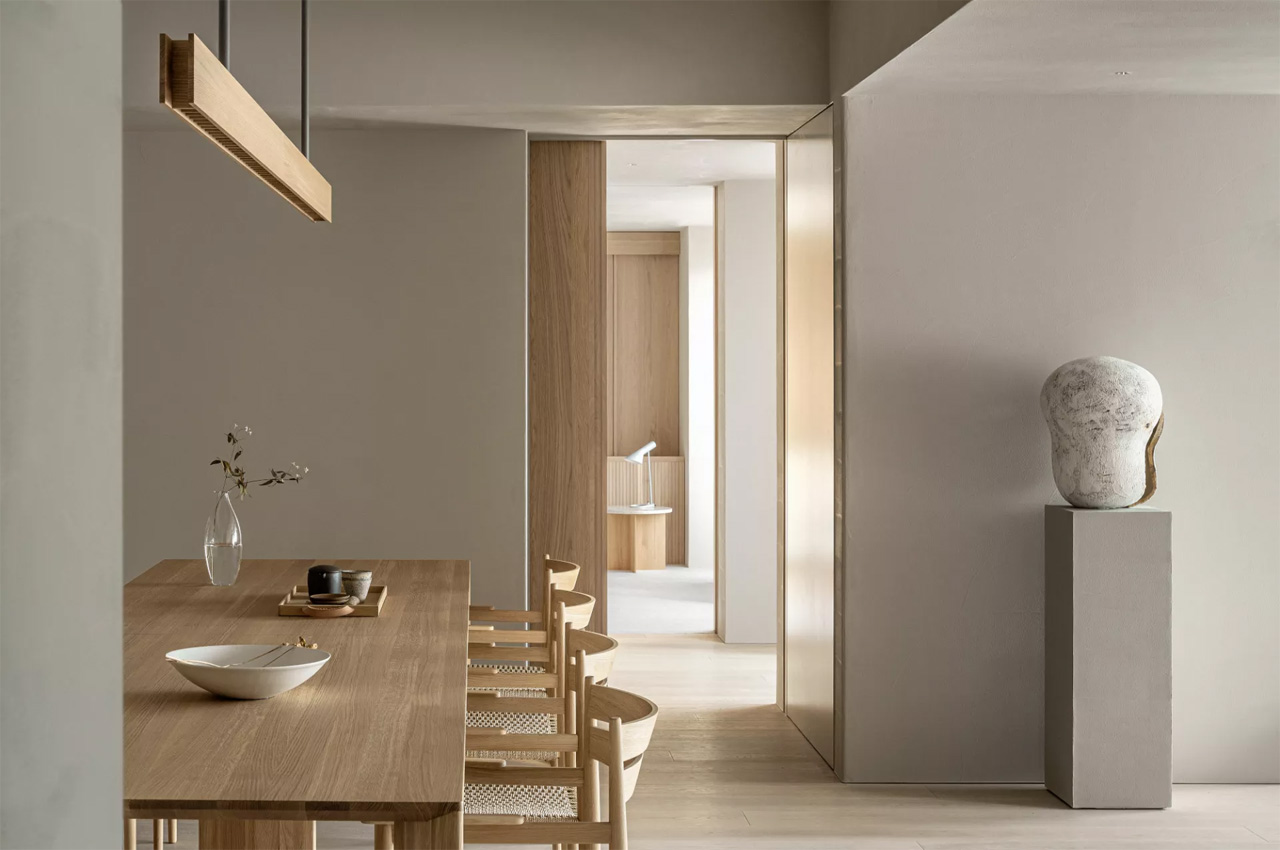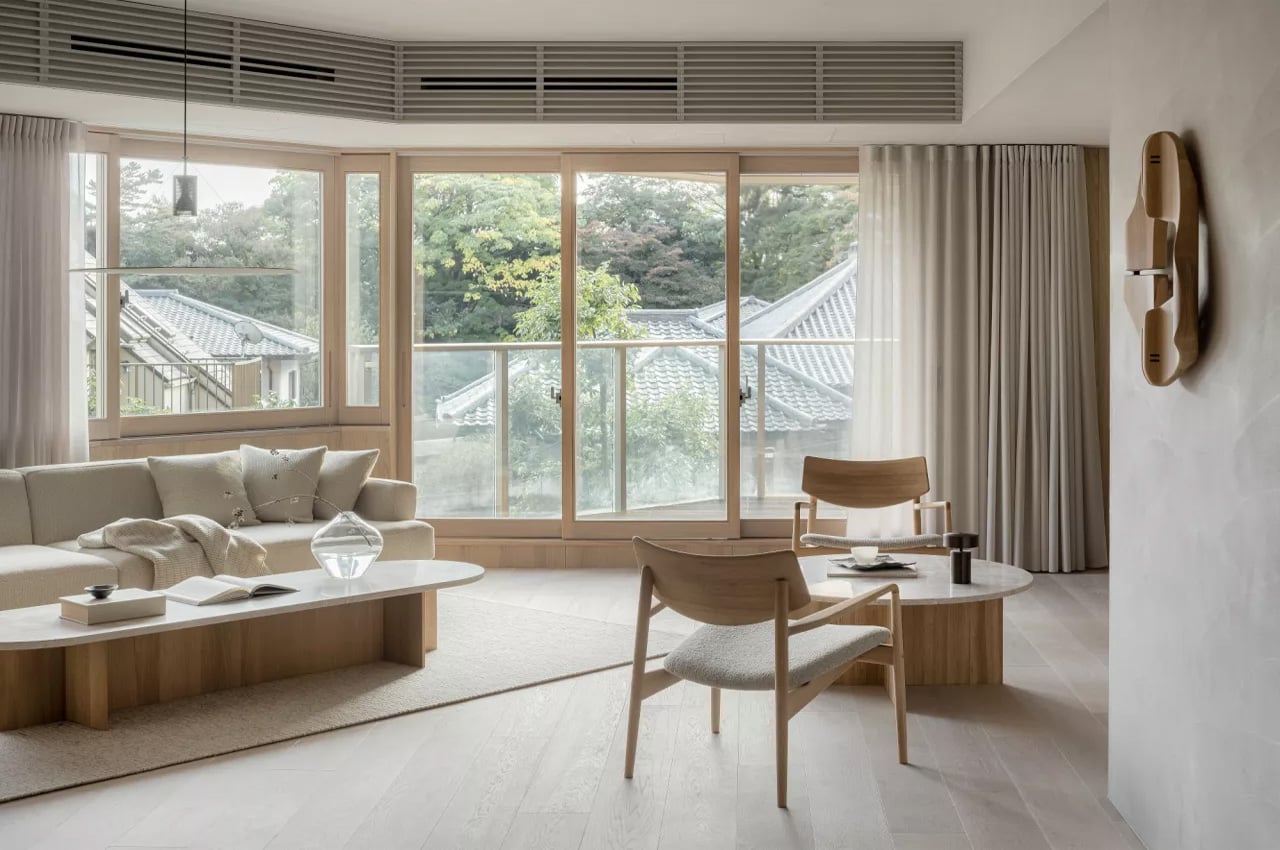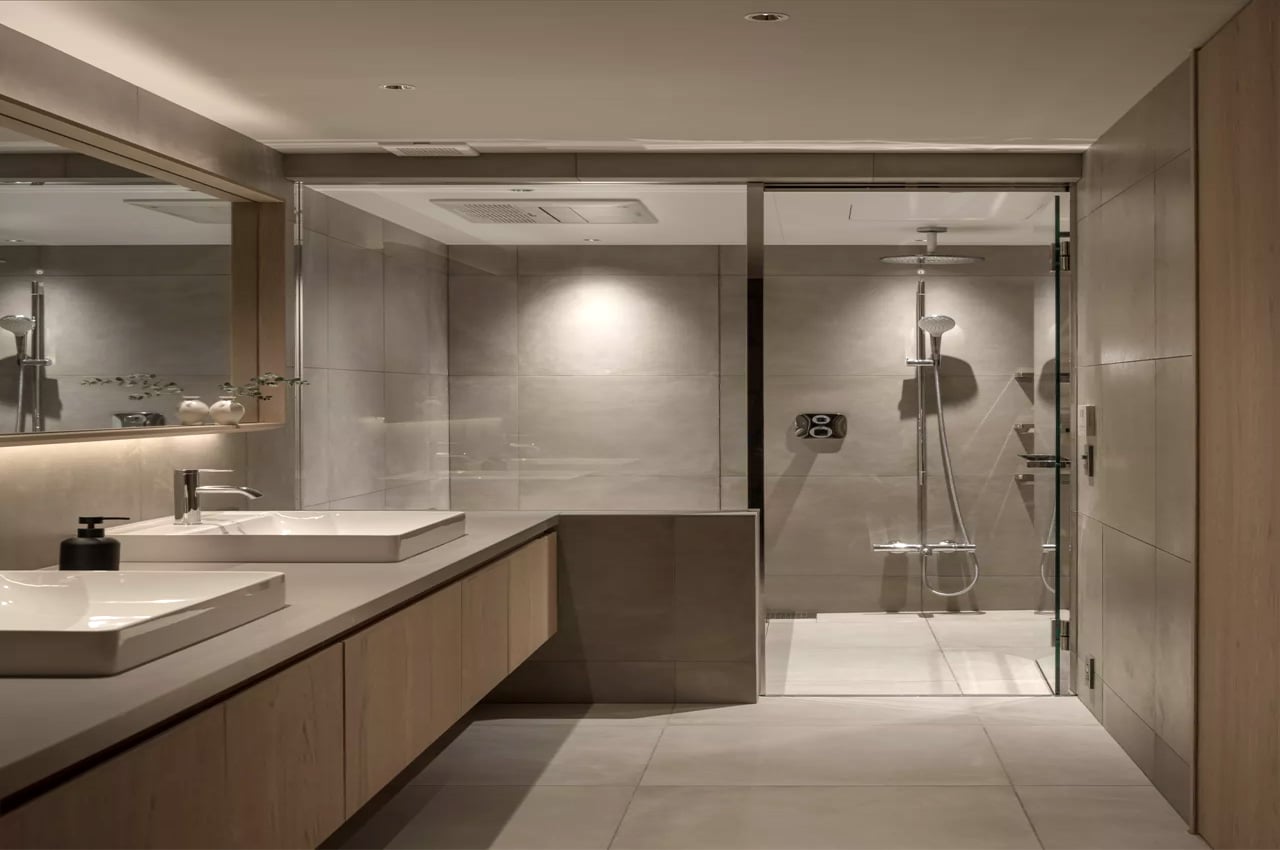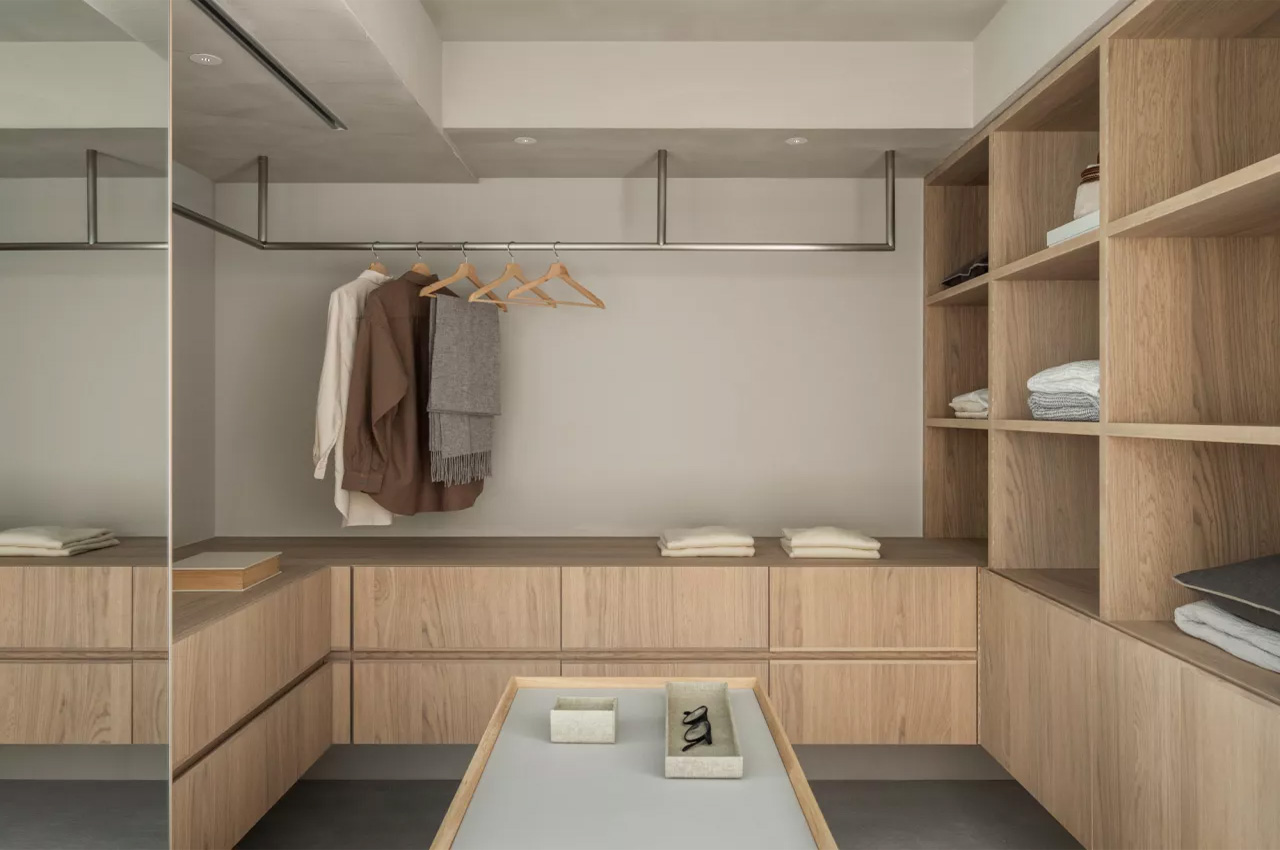
An extension of the Japanese furniture manufacturer Karimoku, the Karimoku Case Study is carrying out a series of super interesting architectural and interior design experiments. The projects usually include public spaces and residential homes, in collaboration with Japanese architect Keiji Ashizawa and Danish design studio Norm Architects. All the projects share a distinctive identity, with a thread of resonance hanging through them.
Designer: Karimoku Case Study

The Karimoku Case Study #8 is the Hiroo Residence in Tokyo, Japan. The Opus Arisugawa Terrace & Residence in central Tokyo was the subject of the project, and the brand worked closely with Ashizawa to create a space that is minimal, modest, and peaceful. The home is located in a parkside complex in the Hiroo district in Tokyo.

The home has been filled to the brim with furniture designed in some of the previous Karimoku Case Study projects. The furniture from the preceding projects forms a collection of 12 pieces – including armchairs, low sofas, and benches. Two pieces of furniture were specially designed for the Hiroo Residence. These pieces were designed by Ashizawa.

Called the ‘A-LB01’ sideboard and ‘N-DC04’ dining chair, both the designs harmoniously join the pre-existing collection. Featuring a broad, strong, and sturdy form, the furniture designs also boast a light timber finish, which adds an element of minimalism and tranquility to the pieces. The sideboard and dining chair perfectly completely the airy and open feel of the apartment.

Occupying 200 square meters, the home has charming views of a leafy park, hence creating a close connection to nature. The brand drew inspiration from this relationship with nature, to provide the apartment with a rather organic and nature-inspired aesthetic, which is in stark contrast to the otherwise hectic city of Tokyo. The home is marked by an amalgamation of minimalist and traditional Japanese design, as well as touches of contemporary design. Pocket sliding doors, wooden wall hangings, and woven seating elements create an intriguing mesh of different textures. The home boasts a smooth balance of curves and corners, as well as natural and electric light. It has a truly organized, zen-like, and calm appeal to it.

The post This interior design experiment in Tokyo successfully merges traditional Japanese design with contemporary influences first appeared on Yanko Design.
from Yanko Design

0 Comments